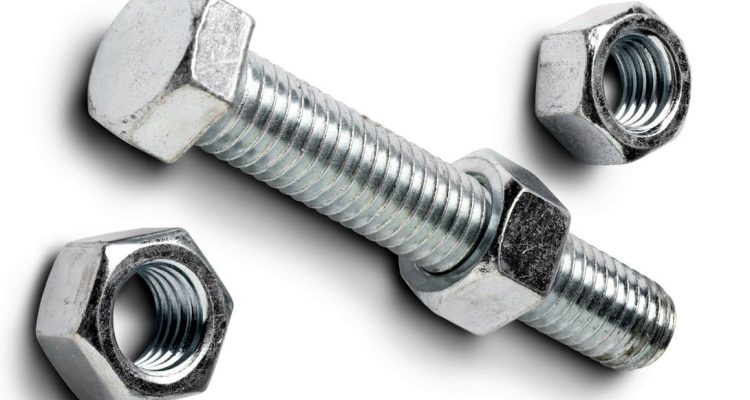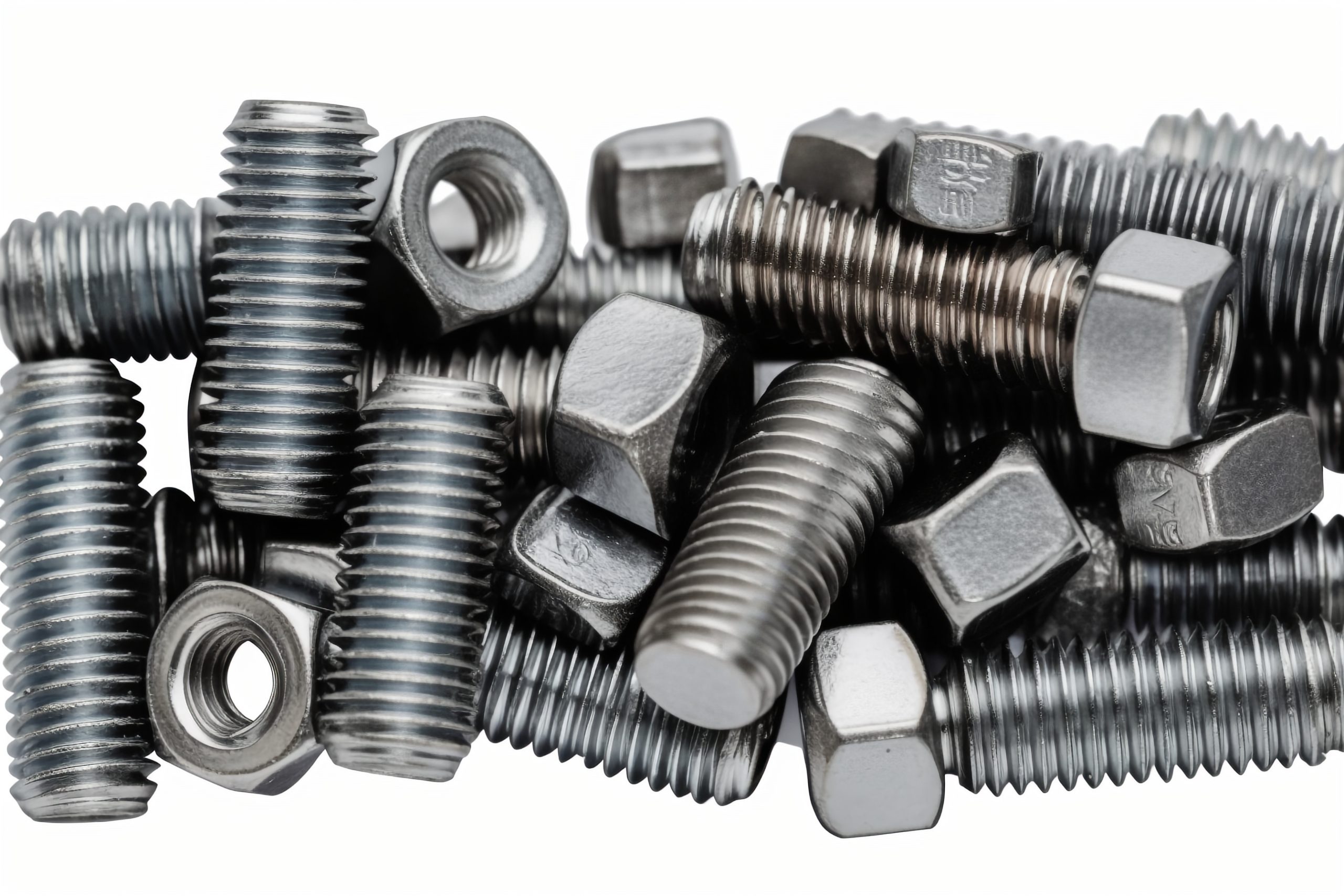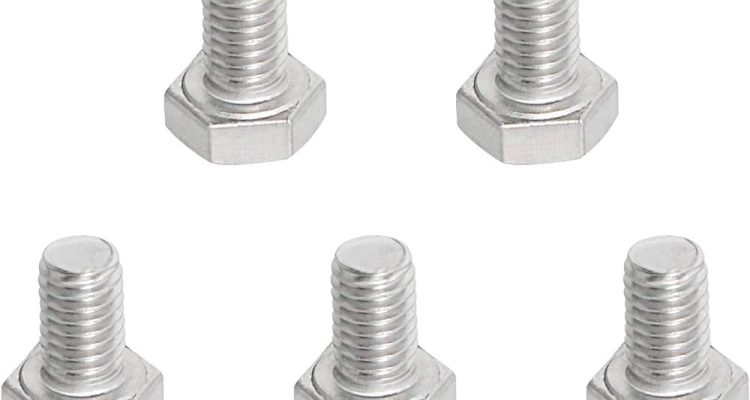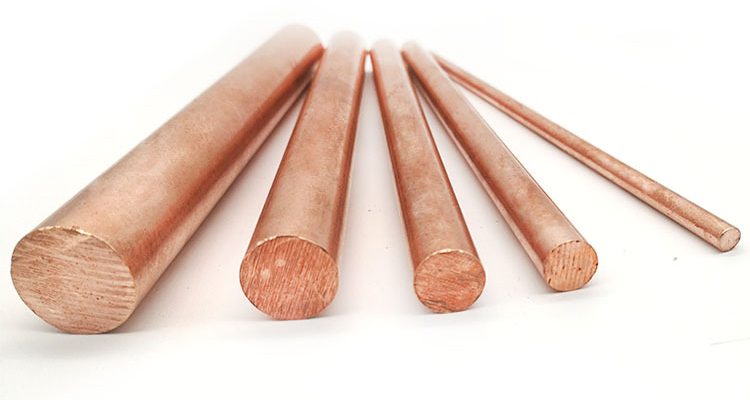
What the recommended torque for rod end bolts to prevent loosening during vibration
To secure rod end bolts in varying environments, apply specific torques and check methods: from 25 Nm for M8 to 85 Nm for M16, with angle checks and re-inspections.
目录
ToggleUnderstanding the Dynamics of Vibrations for Fastener Security
Vibration is an inherent feature of many industrial and mechanical systems, and it can have a considerable effect on the security of fastened connections. The constant movement caused by vibration-induced stress can loosen connections over time, rendering them less safe and stable. Therefore, it is important to comprehend the ways in which vibrations impact the security of fastened connections and take appropriate preventive actions.
Determining the Vibration-Induced Loosening refers to the process through which the constant motion of machinery results in fasteners gradually becoming loose. This common phenomenon can typically be seen in any settings with large, heavy machinery, such as manufacturing plants or construction sites. One can identify vibration-induced loosening by inspecting the amount of wear on the threads of the fastener, examining the inconsistencies in the torque required to tighten the fastener, and observing increased amounts of play or movement between the connected components.
The Dynamics of Vibrational Detachment is a multi-faceted phenomenon with several dynamics at play. Different frequencies and amplitudes of vibrations can result in vibrations becoming loose at a faster or slower pace. The specifics of the process depend on the material of the bolt and the connected section, its quality of material, and its initial tightening. Some of the methods to prevent vibrational detachment include using thread-locking compounds, anti-vibration washers, applying UV marks on the bolt to monitor the progress of detachment, and regularly tightening the bolts to the prescribed torque. Overall, the expression of the dynamics of vibrations in terms of vibrational detachment is, evidently, a complex process.

Factors Leading to Bolt Loosening
Is a frequent problem in many industries, potentially causing equipment failure and other hazards if not addressed. Therefore, understanding the factors contributing to the issue is an essential prerequisite to devising necessary maintenance strategies and ensure mechanical systems’ reliability. In the Five Culprits video, five primary reasons for bolt loosening were identified. They are vibration, inadequate tightening, temperature fluctuation, corrosion, and improper lubrication. These factors significantly impact bolt security and necessitate vigilant maintenance practices to ensure the longevity and reliability of mechanical systems.
Implications of Inadequate Preload in a bolted connection are numerous. Preload is the internal tension in a bolt as it is tightened. It is critical in ensuring that the connected parts stay in place and function properly. Some of the implications of inadequate preload in a bolted connection include artificial distortion, fatigue failure, and leakages, underscoring the importance of accurate and consistent application of preload to ensure system integrity and safety.
In summary, the world of industrial vibration control is just as interesting, and in certain cases, even more frustrating. It is crucial for engineering and maintenance personnel to properly resolve the issues that cause bolt loosening. This can only happen when one is aware of all the culprits that result in the same and the implications of the same problem. For one, bolt loosening is not an issue affecting just one or two bolts. It is something that should be avoided as it can otherwise pose massive hazards in terms of human and machine safety.
The most effective way to ensure that bolts remain intact due to vibratory loads is to make sure that they are tight enough
The preload, or tension, is the force that holds the connected elements together and prevents them from vibrating and vibrating apart. In one auto-related study, bolts that were tightened to 80% of their yield strength caused a rate of loosening that was reduced by 75%. In order to be achieved and maintained, this tense should be monitored with the help of a torque wrench or an impact wrench with a torque reaction arm. These tools are suitable for the proper tightening process as they allow for a more accurate and consistent application of force to the screw. They can also help detect when overtightening begins, which often leads to the breakage of the bolt or damage to its threading.
Trying to address these properties of bolts and their tension, Hodgins devised a fastening system he now calls SmartBolts. They are called intelligent because there is a sensor in the bolt that monitors the tension in real time. When this tension gets too low, which means the bolt is coming off, the SmartBolt alerts you so you can fix it. When the company Torsion Group Corp. tested them in their wind turbine installations, the number of hours lost due to unexpected bolt tensions decreased by 30 percent. Over 75 percent of respondents also stated that they had saved time and money as they no longer needed to disrupt the schedule to tighten the nuts.
Bolt tensioning is an important process in mechanical system assembly and maintenance, as properly tensioned bolts ensure the reliability and safety of the systems. There are a number of practical recommendations for achieving optimal bolt tensioning.
Design preload is the amount of tension that should ideally be applied to a bolted joint Lokel to reliably secure the joint. It is calculated in the course of joint analysis that takes materials into account as well as such factors as external loads and environmental conditions of an application. For instance, a joint in an aerospace application may need a much higher preload than that in a household appliance, due to temperature fluctuations, and vibrations that may occur in this joint. A number of formulas include such factors as the modulus of elasticity of materials, and the tensile strength of the bolt, external forces, etc., to calculate the preload. Lokel mentions the so-called “rule of thumb,” when the preload is considered to be 60-80% of the bolt’s yield strength. However, this is just the best starting point for preload calculation, and in a particular application, it may be necessary to use a more precise method.

banner2-scaled
Examples of techniques to achieve the preload
Torque control: this is a fairly widespread method, which involves screwing the nut onto a bolt with a specific torque lokel. Yet this method of preload measurement, like to some extent all others, depends on a number of factors, like the friction between a bolt and its nut. To address this, Lokel recommends a well-calibrated torque wrench.
Based on the understanding of why maintaining bolts in tension is critical as well as the description of preload in class, the following practical recommendations will help ensure that a bolted joint is correctly tightened. The first approach applies the turn-of-nut method, which is easily implemented by tightening the nut by a specific angle after the initial torque is applied. Typically, this angle is less than half a turn, ranging from 30 to 90 degrees. It is essential that this angle is pre-calibrated to ensure the proper preload. The second approach may be stretch or strain measurement, which is more suitable for the use of bolts in high-precision applications since the length of the bolt is directly related to preload. Finally, the use of ultrasonic sensors will assuredly guarantee that the actual preload can be measured by calculating the actual torque and the angle by which the bolt is rotated. It is also important to regularly inspect the condition of the bolts with subsequent retightening. The frequency of this operation should not exceed 6-12 months. The use of these measures will assure that bolted joints are properly loaded, increasing the reliability of mechanical parts.



